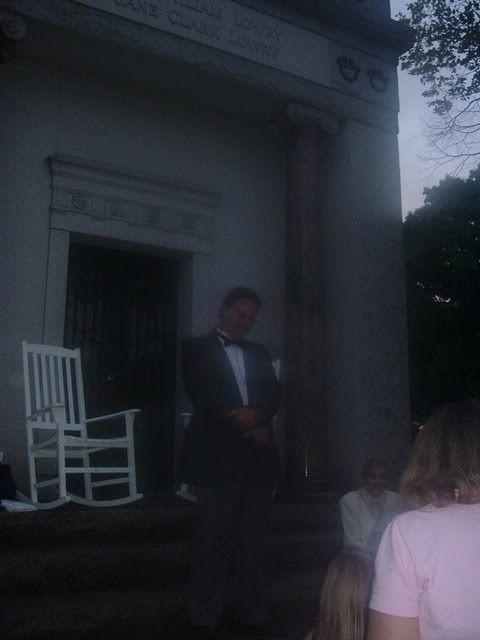The Linda Vista Community Hospital, located in the Boyle Heights area of Los Angeles, originally opened as the Santa Fe Coastlines Hospital. Built in 1904 at a cost of $147,000 and opening in 1905, the hospital was used as the main medical facility in the area for employees of the Santa Fe Railroad.
The hospital was designed to be a happy, pleasant place where employees received the best care available. Mexican workers were segregated, but received the same care as white workers, and outdoor tents for TB patients were heated, furnished, and lighted. The hospital, under the direction of Dr. N.H. Morrison, also raised its own cows, chickens, and vegetable gardens, so that patients were provided with the freshest milk, eggs, and produce possible.
In 1914, the hospital added a wing for a sum of $22,000, which included a basement laundry room, patient rec room on the first floor, and dorms on the second floor. Between 1924 and 1925, the hospital once again saw a huge addition and renovation.
By 1937, ownership had left the railroad company, and the hospital was now open to the public under the name Linda Vista Community Hospital. Shortly after this change, the hospital took a turn for the worse. The neighborhood began rapidly declining. By the late 1970s, early 1980s, gangs had taken over this section of East L.A., flooding the hospital with violence and victims of gunshots. More and more patients were being admitted that did not have insurance.
The hospital continued to lose funding, and patient care was deteriorating at a steady decline. Good doctors were leaving and going to hospitals with better pay and safety, and by 1988, the hospital began refusing ambulance service. Ugly, and largely untrue, rumors that staff were abusing and mistreating patients started circulating.
Linda Vista ceased operation as a medical facility for good in 1990-91, and many believed it was because of the high death rate and/or mistreatment of patients which led to the closure. The hospital was abandoned and fell into disrepair.
However, Hollywood quickly breathed new life into the aging structure. The hospital became a prime filming location. Movies such as Pearl Harbor, Boo, Room 6, and End of Days all used the site, and the ER pilot episode was filmed in the basement.
With its usage as a filming location, stories of the hospital's alleged hauntings grew in popularity. Film crews and overnight security personnel all reported a myriad of strange events. Screams, cries, moans, and humming were heard. Darting shadows and flickering lights were observed, even from outside the building. An eerie, faint green light has been seen, an unidentifiable foul odor is smelled on the third floor, people have been touched or pushed by unseen hands, the elevators tend to malfunction, and warm AND cold spots are felt, especially near the entrance lobby.
There are also actual apparition sightings. A doctor wearing a tie is seen looking out a corner window on the top floor. A young woman has been observed pacing the third floor hallways, and an orderly is seen throughout, making his rounds. Some people have even seen the image of a former mental patient in what is described as the "cage room." However, the most famous ghost is said to be the spirit of a young girl, who possibly was struck by a car. She is heard giggling, and is often seen out front by the hospital's sign, or in the surgical room.
Because of these sightings, a host of paranormal shows have visited, or are planning visits, including one group that has a photo of a lady in a hospital gown looking out of a window. Still, there are a large number of nearby residents and former hospital employees that maintain that the structure is NOT haunted. Since 2006, the site has been on the National Register of Historical Places. The inside is not currently open to the public.
Update May 2012: There are plans to begin turning the historic hospital into a senior living facility next month. Read about the plans
HERE!































